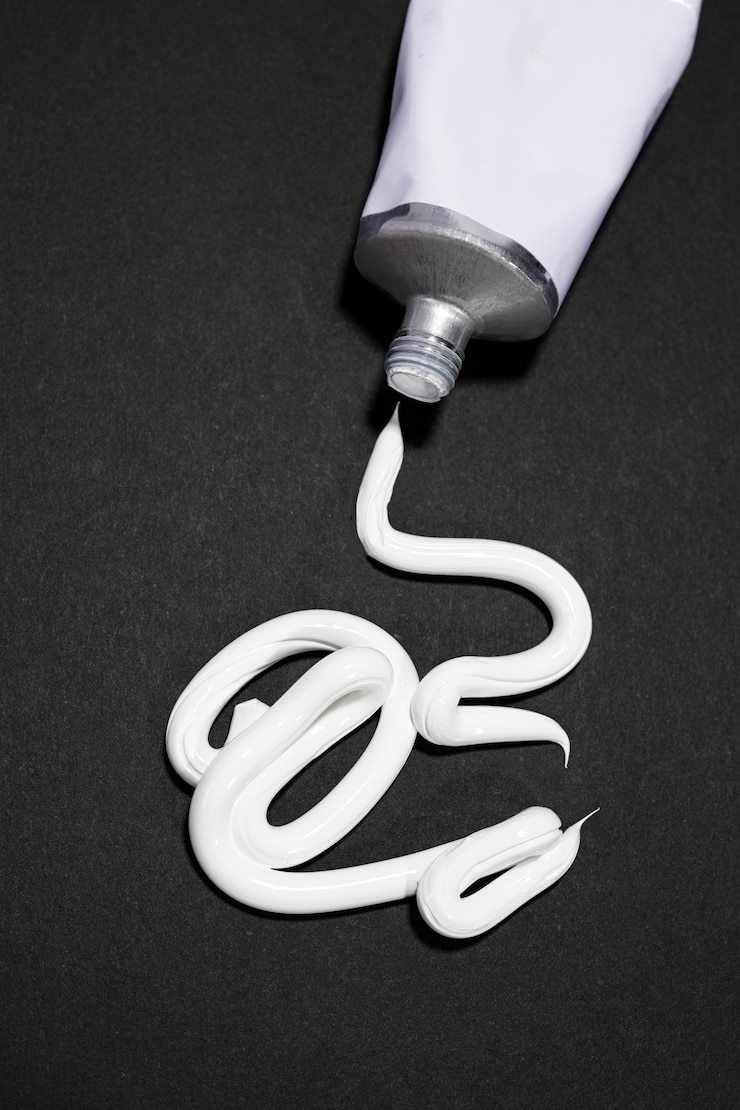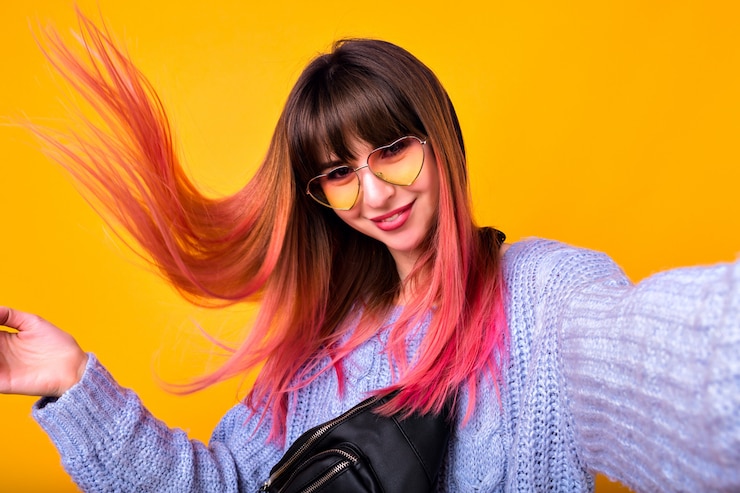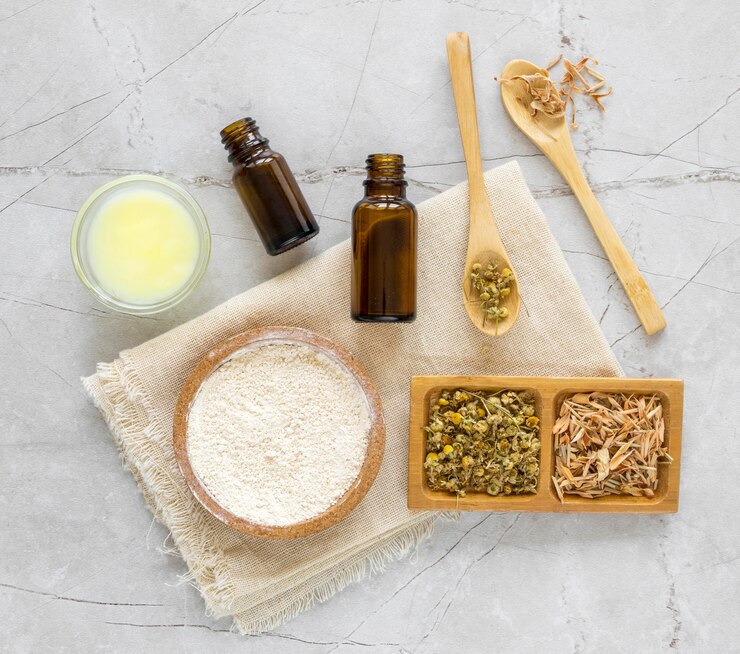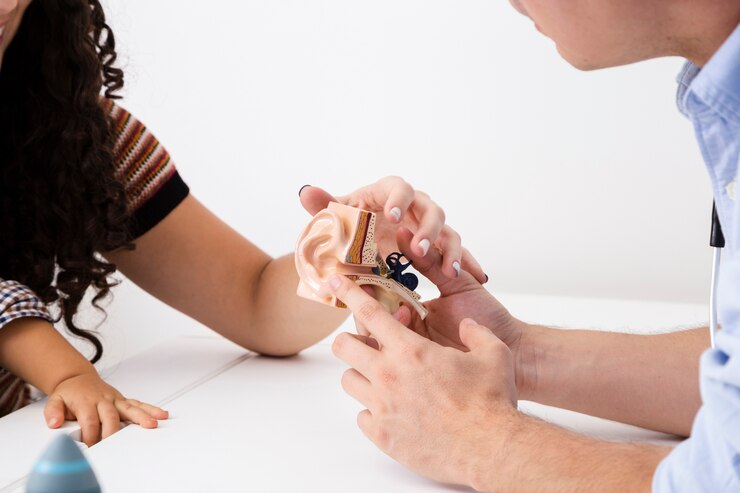
**Introduction from Joy:**
Kate, our in-house history enthusiast, eagerly dug up fascinating information about the history of harmful cosmetics. Unfortunately, toxic ingredients are still present in many cosmetic and everyday products.
—
When I’m not diving into nutrition topics here at Joyous Health, I’m usually immersed in something history-related, whether it’s reading, watching documentaries, or simply studying. Instead of hitting up clubs or restaurants, you’ll find me exploring museums on the weekends. Recently, I spent a Saturday at the Bata Shoe Museum, checking out the “Fashion Victims” exhibit, which highlighted the health risks Victorians took to stay trendy. As I examined everything from foot-crushing shoes to arsenic-dyed gowns, I overheard another museum visitor mention how they believed life was better before we started using synthetic chemicals in cosmetics and clothing.
I hear this sentiment often, and I understand where it comes from. While nature often offers better alternatives to synthetic products, it’s important for our readers to remember that even natural items are not automatically safe.
“Just because something is natural doesn’t mean it’s safe.”
The unfortunate yet captivating truth is that our ancestors used toxic substances on their bodies long before lab-created chemicals existed. Let’s take a look at some of the disturbing things people used in the name of beauty over the ages.
Our earliest solid evidence of cosmetic use dates back over 6,000 years to ancient Egypt, where we also see the first examples of toxic beauty products. That famous kohl-lined eye look, often associated with Cleopatra? It was achieved using a mix of soot, animal fat, lead, and other minerals.
Before Coco Chanel made sun-kissed skin fashionable again, having a pale complexion was essential, from ancient Greeks and Romans to the elite of the Elizabethan era. Most achieved this look using white lead or arsenic. (Lead exposure has been linked to a decrease in mental function, increased risk of miscarriage, sperm issues, memory loss, mood disorders, and many other health problems. Meanwhile, arsenic is best known for its use as rat poison.)
As the Age of Enlightenment began, you might think people became wiser about cosmetic ingredients, but that wasn’t the case. In the 18th century, fashion devotees crazily—and sometimes literally—embraced white lead and even used mercury and lead sulfate to remove stubborn freckles. It became so hazardous that when the Countess of Coventry passed away in 1760, her death was officially attributed to the cosmetics she used to enhance her famous beauty.
Back to the Victorian era: Queen Victoria deemed makeup vulgar, suitable only for actresses—who were then socially equated with prostitutes. Although her stance may have stemmed from social snobbery or prudishness, the fashionable women of that era certainly could have used a break from all those harmful substances. However, as I learned at the museum, arsenic found its way into clothing dyes instead.
So, we didn’t invent toxic, chemical-laden cosmetics in the 20th century—we merely became more proficient at producing them. We have been putting unsafe things on our bodies for thousands of years. If you wish to keep things both natural and toxin-free (remember, one doesn’t necessarily mean the other), be vigilant about reading labels, research unfamiliar ingredients, and follow one of our favorite cosmetic rules here at Joyous Health:
“If you wouldn’t put it in your food, don’t put it on your skin.”
—
**Great article! How do you choose your clothing? Do you prefer organic or natural materials, or are you okay with synthetics? After all, clothing is also in constant contact with our skin, just like makeup. Appreciate any tips!**
I try to avoid clothing made in countries like China, where chemical regulation can be lax. For example, many products shipped from China are treated with formaldehyde to prevent mold. If I can’t avoid it, I always make sure to wash clothes before wearing them. I don’t stick to a single brand but aim to support local independent shops in Toronto whenever possible.
—
**Hi Aubrie,**
Thanks for your question! Like Joy, I enjoy shopping locally, not only for health reasons but also because I appreciate supporting local artisans. Plus, local shopping often feels like a treasure hunt.
I do own synthetic shoes and bags because I’ve opted to steer clear of leather. There are indeed cleaner, more sustainable leather brands, but I tend to buy from companies that are clear about their manufacturing processes.
**Kate – Joyous Health Team**
—
**Hi! I’m writing a book about toxic food, beauty products, and solutions for change. Can I use the information from this blog?**
Absolutely, as long as you credit Joyous Health. Feel free to email us at hello@joyoushealth.com to discuss further. Thanks!


